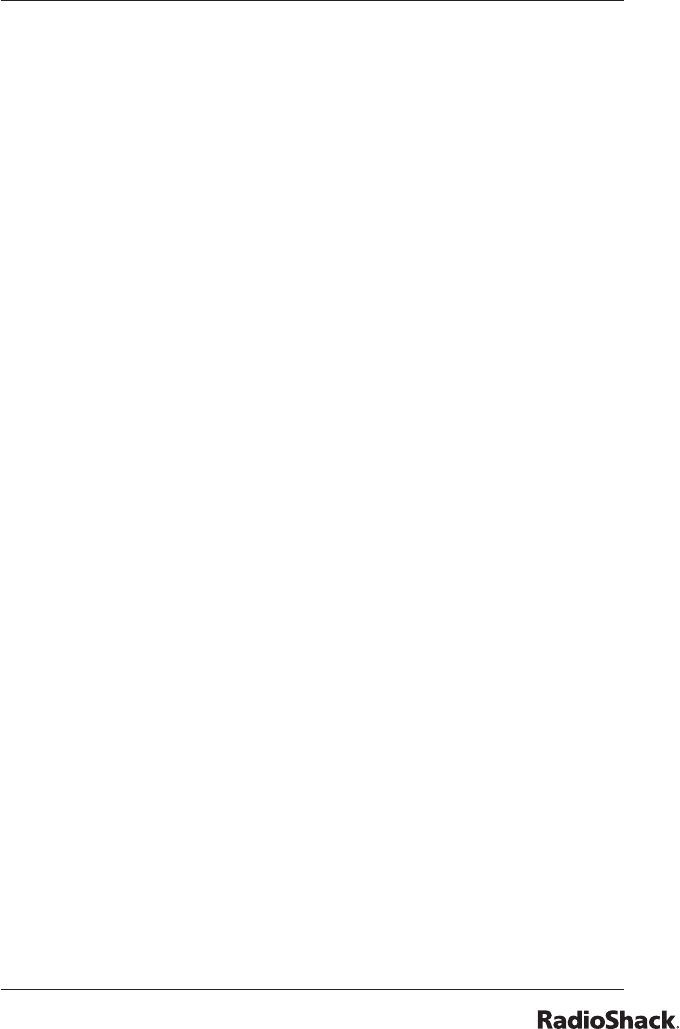
79
Beyond the Basics
public safety communications technology. Digital modulation
typically provides a clear distortion free audio signal throughout
the service area of the system you are monitoring. However,
there are some important differences between analog and digital
voice preformance that you should be aware of while scanning.
In most cases, digital voice transmissions will be surprisingly
crisp and clear, and without noise or distoriton, even when
corresponding analog siganls from the same system contain
some static. However, if you are in a location with marginal
reception, you may fi nd that the voice quality of digital signals
deteriorates very rapidly, resulting in missing syllables or entire
words. If this happens, try reorienting the scanner or antenna
for better reception. You may also try pressing the ATT key and
apply attenuation to reduce the overload effects of nearby strong
transmitters. Under certain very weak digital signal conditions,
the scanner may lose synchronization with the digital signal and
briefl y revert to analog FM, resulting in the reception of the raw,
undecoded digital signal. This is a normal indication of a digitral
signal that is too weak to decode.
Frequency – the receiving signal location (expressed in MHz). To
fi nd active frequencies, you can use frequency guides available
from your local RadioShack store, frequency listings posted on
the Internet, or the built-in search function.
Search Banks – contain preprogrammed frequencies in the
scanner’s memory. Your scanner has six preprogrammed
search banks confi gured to search various radio services, and
one limit search bank that you can confi gure. You can set the
lower and higher frequency limit in the limit search bank. For
example, if you wanted to fi nd active frequencies between a
range of 150.1000 and 150.5000, you would put both of those
frequencies in the limit search bank. You can even change the
frequency range in a search bank (SR6) to customize your search
parameters.
Talkgroup IDs – Each channel storage bank has an associated
talkgroup ID list, for a total of 10 talkgroup ID lists. Each ID list
has fi ve sub-banks. Each sub-bank has 30 ID locations. You
can program up to 150 talkgroup IDs in each bank, so you can
program up to 1500 talkgroup IDs in ten banks. When the scanner
stops on a transmission in Motorola or EDACS mode, it checks


















